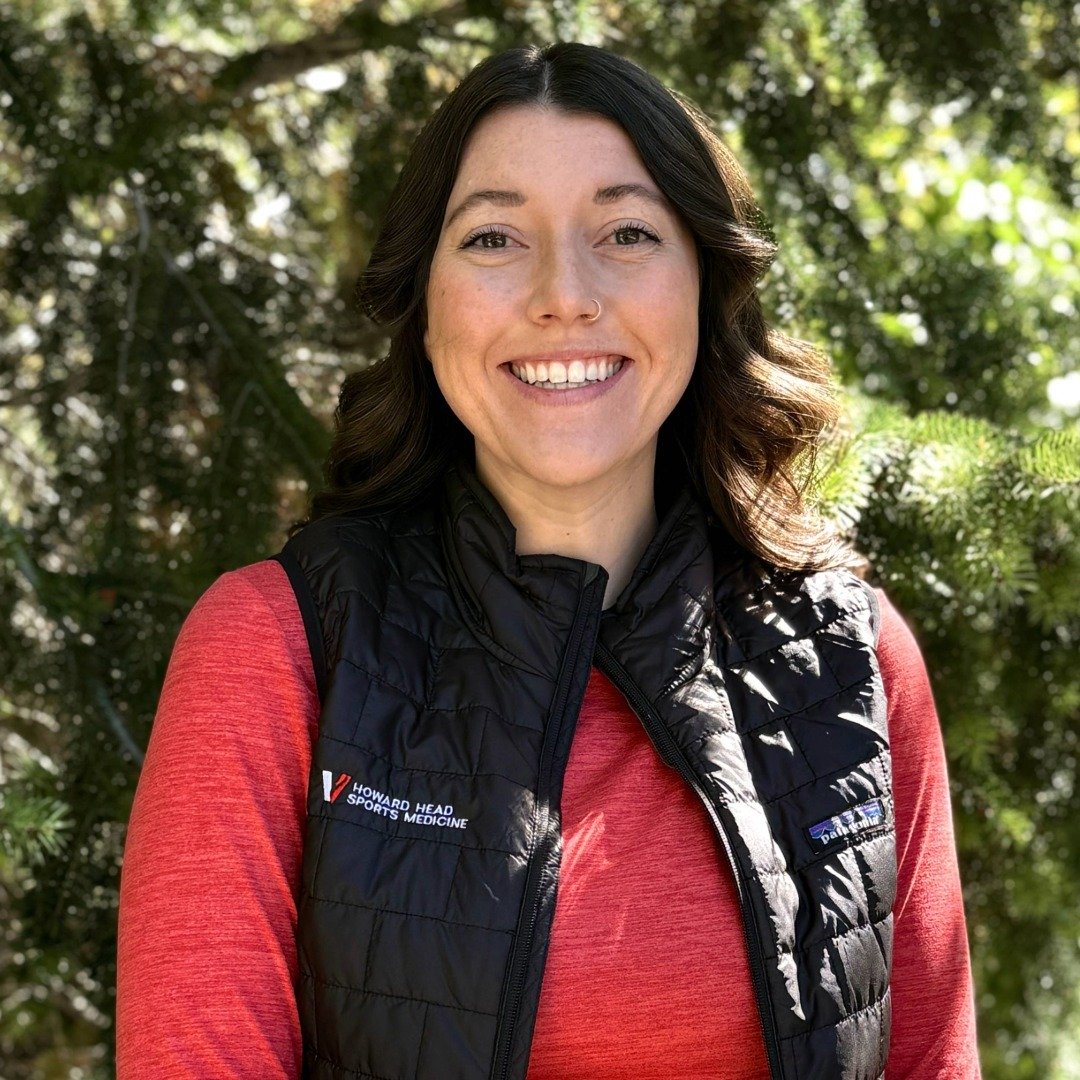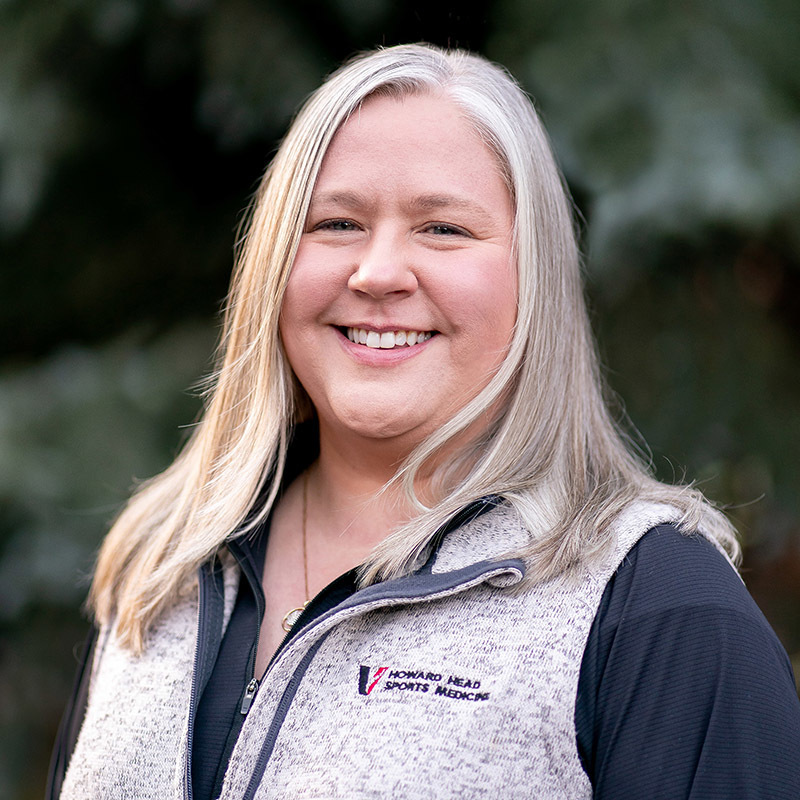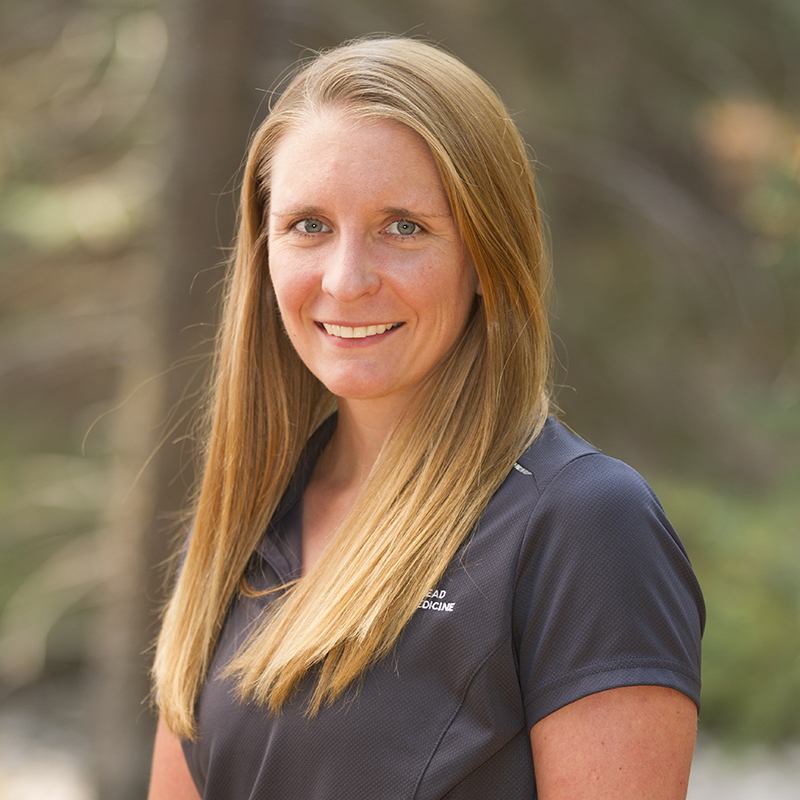Frequently Asked Questions (FAQ’s)
What is Occupational Therapy? The occupations referred to in Occupational Therapy are Activities of Daily Living, or ADLs. They are activities for taking care of yourself such as bathing, dressing, toileting, and functional mobility. They allow us to engage in our daily lives, participates in our communities and are critical to our well-being.
What is the difference between PT and OT?
In the acute care setting, PT and OT often look very similar the first day, as both PT and OT have a primary goal to get you up and moving. Being able to move with reduced pain, increased safety and independence is required as a necessary first step for an OT to then focus on helping you to complete your ADLs more independently prior to discharge. A PT will focus more on your specific movement patterns necessary to navigate your discharge environment.
I just had surgery today. Why do I need to move already?
Evidence-based research has shown that mobilizing on the same day of your surgery once you have recovered is beneficial on multiple levels. It maximizes your strength and function, decreases your risk for complications - including a blood clot, pneumonia and constipation, and it can decrease your pain.










